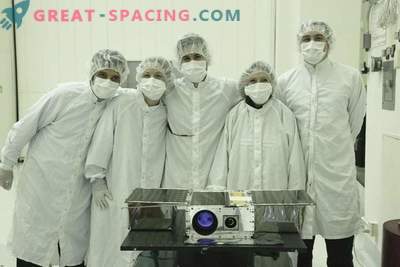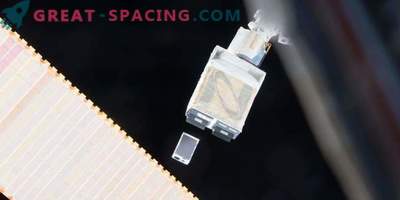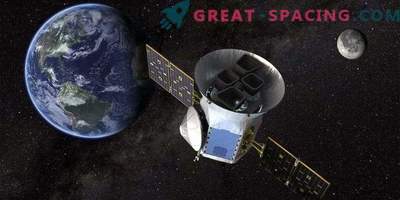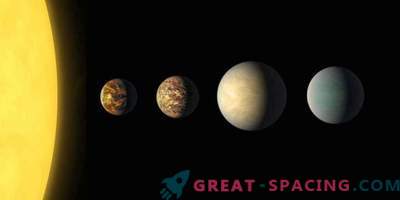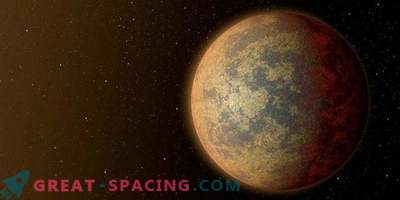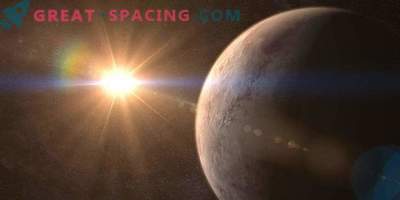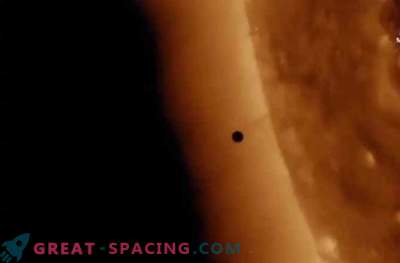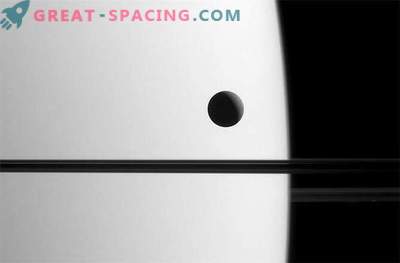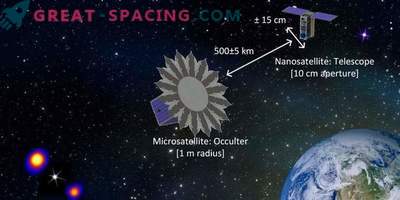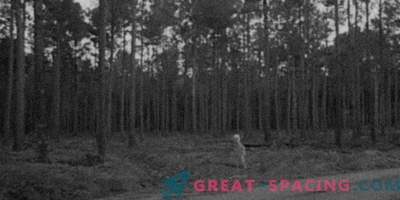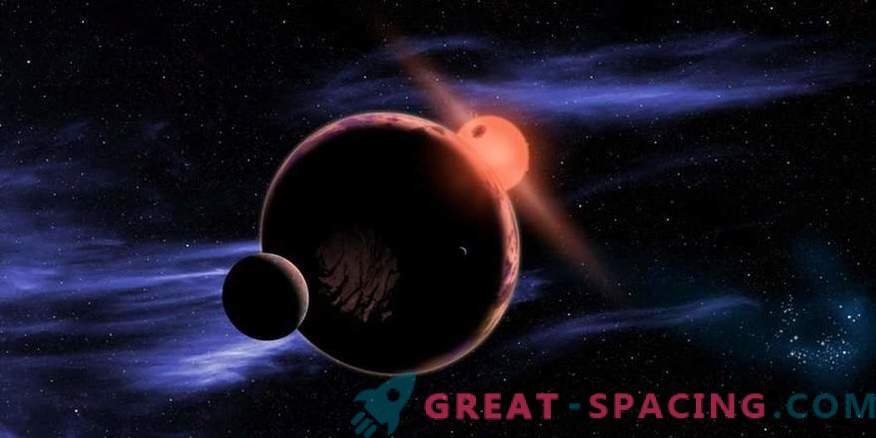
In November, the satellite ASTERIA entered the near-earth orbit. In size does not exceed a small box. However, it can be used to study planets orbiting other stars.
Recently, representatives of the NASA (Pasadena) Jet Propulsion Laboratory announced that ASTERIA had fulfilled all the tasks of the mission, proving that miniature technologies would function normally in outer space. This marks the success of the CubeSat astrophysical missions and shows that low-cost satellites can be used to explore the Universe.
Star review
ASTERIA weighs only 10 kg. However, in its payload there are instruments for measuring stellar brightness, which makes it possible to track the nearest stars for the presence of orbital exoplanets causing a short-term decrease in brightness level.
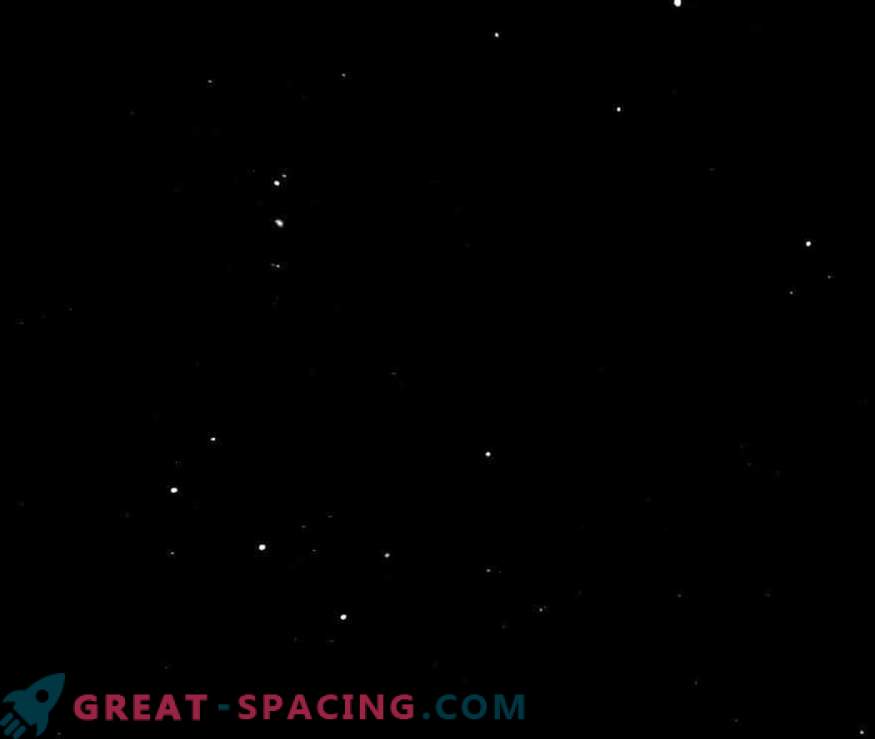
The sky shot by ASTERIA demonstrates the full field of view of the spacecraft. On the bottom right you can see the constellation
This search method is called transit. With his help, the Kepler space telescope managed to find more than 2,300 alien worlds. April 16 is expected to start for a new search mission - TESS.
Researchers believe that satellites like ASTERIA will be able to serve as an inexpensive method for identifying transit worlds revolving around bright stars like the Sun. These crumbs can be used to search for exoplanets, whose detailed study will go to powerful telescopes. In addition, the satellite can study those systems that are not included in the field of view of leading observatories. The ASTERIA team has demonstrated that the payload can consistently indicate a bright source over a long period of time. This is a key requirement for accurate photometry required for the transit method.
Keeping the focus on a distant planet is difficult, because the satellite is constantly shifted by the earth's atmosphere or magnetic field. ASTERIA payload achieved pointing stability in the range of 0.5 angular seconds.

Here is a series of images of a star from the ASTERIA spacecraft. In the first frames, the vehicle moves and then goes to the target star.
The payload also utilized a control system to reduce the amount of “noise” in the data created by temperature fluctuations on the satellite (by 0.01 K).
Tiny satellites
ASTERIA - representative of CubeSat, consisting of blocks. These are cubes of 10 cm on each side. ASTERIA occupies 6 blocks, that is, its parameters are 10 cm x 20 cm x 30 cm. With two solar panels deployed, it reaches the elongation of a skateboard.
In August 2017, the satellite arrived on the ISS. He is now embarking on an expanded mission.

